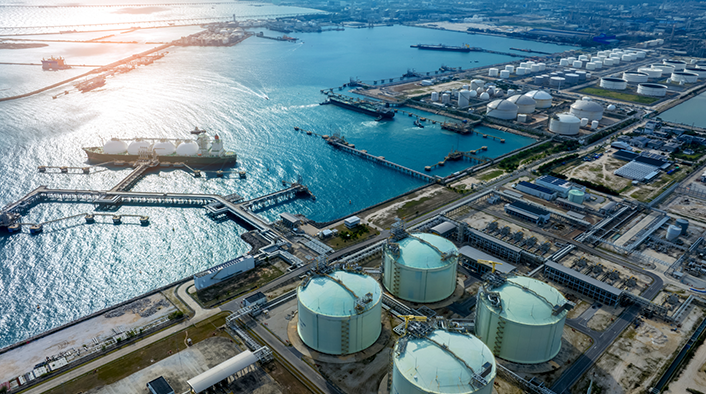
Oil & Gas
The Oil & Gas industry is a cornerstone of the global economy, providing the critical energy resources required for industrial processes, transportation, and residential consumption. Given its expansive and intricate infrastructure, which spans exploration, production, transportation, refining, and distribution, the industry is heavily reliant on OT to ensure safety, efficiency, and reliability. OT systems in Oil & Gas manage and monitor physical processes and equipment, making them prime targets for cyber threats. As a result, robust OT cybersecurity measures are essential to protect against disruptions that could have catastrophic economic, environmental, and safety implications.
Up Stream
The upstream sector of the Oil & Gas industry encompasses exploration and production activities, including locating hydrocarbon deposits, drilling wells, and extracting crude oil and natural gas. This phase relies heavily on advanced OT systems such as Supervisory Control and Data Acquisition (SCADA), Distributed Control Systems (DCS), and Industrial Control Systems (ICS) to monitor drilling rigs, manage production data, and ensure operational safety. Cybersecurity in this sector is paramount, as any compromise could lead to operational downtime, environmental damage, and safety hazards. Relevant standards and frameworks for securing upstream OT systems include ISA/IEC 62443, NIST SP 800-82, and NERC CIP. Implementing these standards helps in establishing a robust cybersecurity posture that can protect against threats like ransomware, Advanced Persistent Threats (APTs), and insider threats.


Mid Stream
The midstream sector involves the transportation, storage, and wholesale marketing of crude or refined petroleum products. This sector’s infrastructure includes pipelines, storage facilities, and terminals, all of which are controlled by complex OT systems designed to ensure the safe and efficient movement of hydrocarbons. Midstream operators utilize Pipeline SCADA systems, Leak Detection Systems (LDS), and remote terminal units (RTUs) to maintain operational integrity and ensure compliance with regulatory requirements. Given the critical nature of these operations, cybersecurity measures must conform to standards such as ISA/IEC 62443, NIST Cybersecurity Framework (CSF), and CISA guidelines. These frameworks provide comprehensive strategies for risk management, incident response, and system resilience, essential for protecting midstream assets from cyber threats and ensuring uninterrupted service.
Down Stream
The downstream sector focuses on refining crude oil, processing natural gas, and distributing refined products to consumers. This segment includes refineries, petrochemical plants, and distribution networks, all of which rely heavily on OT systems like Process Control Systems (PCS), Manufacturing Execution Systems (MES), and Advanced Process Control (APC). Cybersecurity in the downstream sector is critical to safeguard the integrity and availability of production processes and ensure the safety of personnel and the environment. Standards such as ISA/IEC 62443, NIST SP 800-53, and the Cybersecurity Capability Maturity Model (C2M2) are instrumental in guiding the implementation of effective cybersecurity practices. These standards help organizations develop comprehensive security programs that include risk assessment, continuous monitoring, incident response, and recovery plans, ensuring that downstream operations are resilient against cyber threats.


